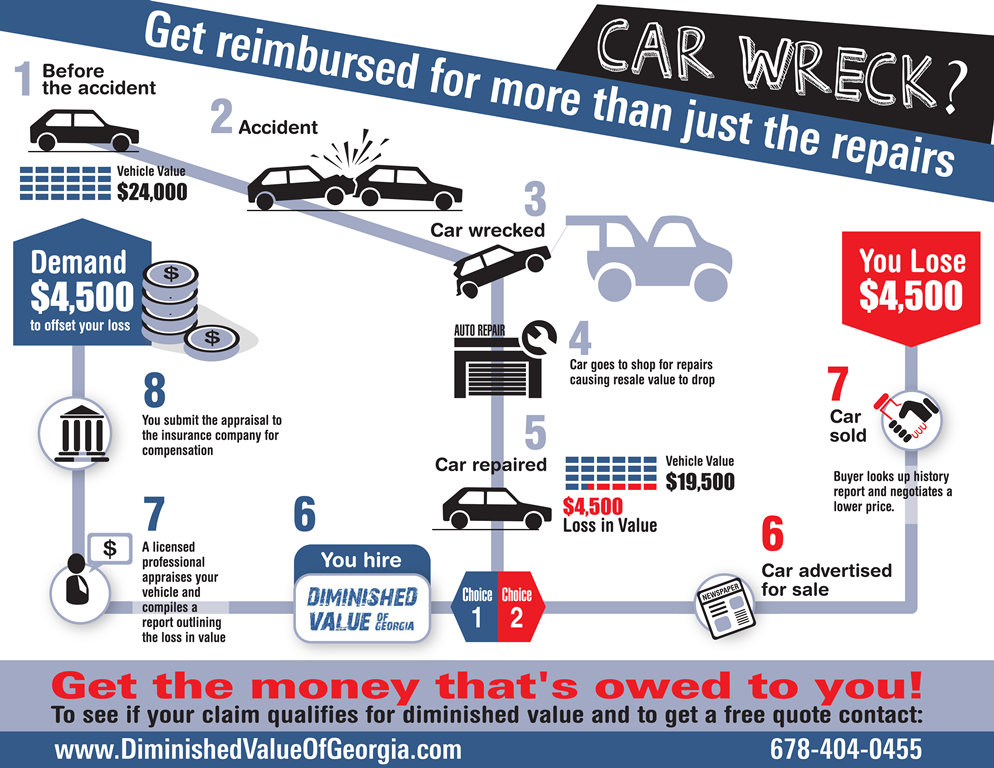Looking For Clearness On The Caution Lights Showed On Your Car'S Control Panel? Discover Just How They Relate To Your Lorry'S Health And Wellness
Looking For Clearness On The Caution Lights Showed On Your Car'S Control Panel? Discover Just How They Relate To Your Lorry'S Health And Wellness
Blog Article
Web Content Created By-Termansen Alvarado
When you lag the wheel, those radiant warning lights on your control panel can be a bit complicated. Do you know what they're attempting to inform you regarding your automobile's health? Comprehending the value of these lights is crucial for your safety and the longevity of your car. So, the following time among those lights appears, wouldn't you wish to understand its message properly and take the necessary actions to resolve it?
Common Caution Lighting and Interpretations
Identify usual warning lights in your auto and comprehend their significances to make certain risk-free driving.
The most normal caution lights include the check engine light, which signals concerns with the engine or exhausts system. If this light begins, it's essential to have your vehicle inspected without delay.
The oil pressure warning light shows reduced oil stress, calling for prompt attention to avoid engine damages.
https://brake-change-cost40628.blogsidea.com/36187054/elevate-your-auto-detailing-techniques-with-seasonal-guidance-to-guarantee-your-auto-remains-glowing-and-secured-figure-out-just-how-to-browse-the-particular-obstacles-that-each-season-brings flashing battery light might suggest a malfunctioning charging system, potentially leaving you stranded otherwise attended to.
The tire pressure tracking system (TPMS) light notifies you to low tire pressure, impacting lorry stability and gas effectiveness. Overlooking this might bring about harmful driving problems.
The abdominal light suggests an issue with the anti-lock braking system, compromising your capability to stop rapidly in emergencies.
Last but not least, the coolant temperature level cautioning light warns of engine overheating, which can result in severe damage otherwise dealt with promptly.
Recognizing these common warning lights will help you attend to problems immediately and maintain safe driving problems.
Significance of Prompt Interest
Recognizing the common warning lights in your automobile is only the first step; the relevance of quickly dealing with these warnings can not be stressed enough to guarantee your security when traveling.
When a warning light illuminates on your control panel, it's your automobile's method of communicating a possible concern that needs focus. Disregarding these warnings can bring about much more severe problems later on, jeopardizing your safety and security and potentially costing you much more out of commission.
Trigger interest to cautioning lights can protect against malfunctions and accidents. For example, a flashing check engine light can indicate a misfire that, if left ignored, could create damage to the catalytic converter. Addressing this without delay can save you from an expensive repair service.
Likewise, a brake system cautioning light could signal low brake fluid or worn brake pads, crucial components for your safety and security when driving.
Do It Yourself Troubleshooting Tips
If you observe a warning light on your control panel, there are a couple of do it yourself troubleshooting ideas you can attempt before looking for expert aid.
https://messiahlgavp.blazingblog.com/30017053/discover-just-how-to-entirely-alter-your-automobile-s-appearance-in-less-than-an-hour-with-easy-to-follow-pointers-that-will-certainly-astonish-you-your-fast-automobile-describing-answer-is-here is to consult your car's manual to recognize what the specific warning light shows. Often the issue can be as straightforward as a loose gas cap triggering the check engine light. Tightening the gas cap might solve the issue.
Another usual problem is a low battery, which can cause different advising lights. Inspecting the battery links for rust and guaranteeing they're safe may take care of the issue.
If a warning light persists, you can attempt resetting it by detaching the car's battery for a couple of minutes and then reconnecting it. Additionally, examining your vehicle's fluid levels, such as oil, coolant, and brake liquid, can help troubleshoot advising lights related to these systems.
Conclusion
Finally, recognizing your car's caution lights is necessary for maintaining your vehicle running smoothly and securely. By immediately dealing with visit this site right here and understanding what they indicate, you can stay clear of expensive repairs and prospective break downs.
Keep in car exterior detailing to consult your automobile's handbook for particular details on each alerting light and take action accordingly to guarantee a trouble-free driving experience.
Remain informed, remain secure on the road!
